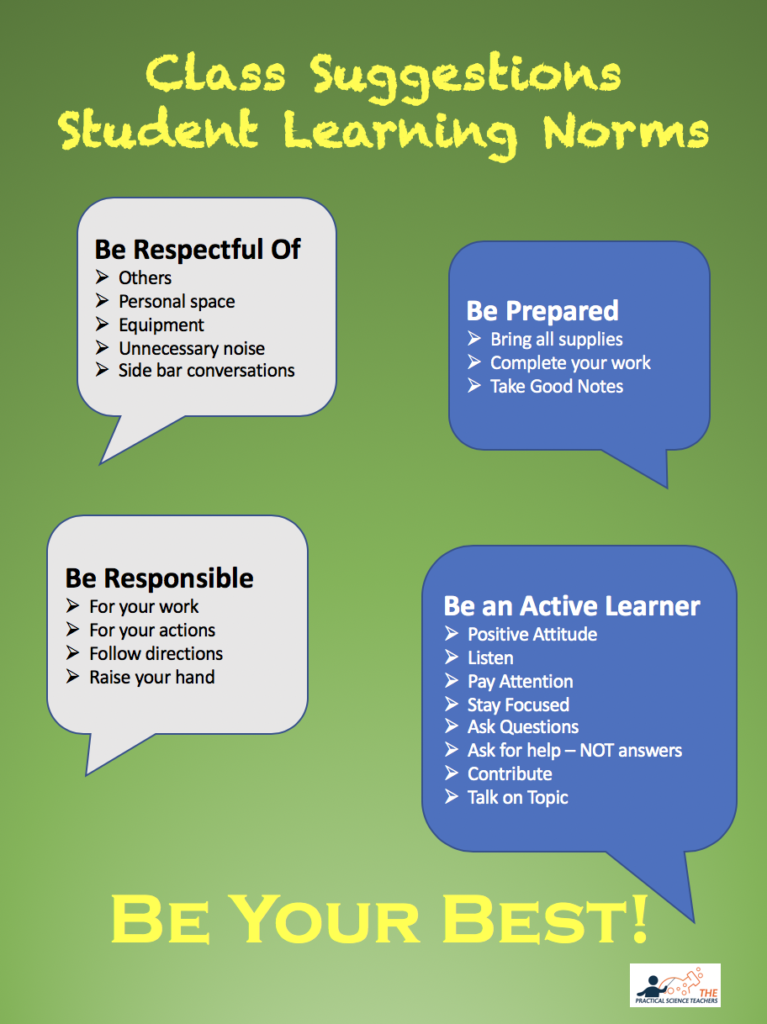September is fast approaching. Camps are coming to an end, families are finishing up their last summer vacations and teachers are thinking about the upcoming school year that is about to start (and in some cases has already started).
As a teacher, I would spend August reflecting on the past year and things that I wanted to change in my classroom to improve the learning experience for my students. The closer it came to the end of the month the more excited I became to get into my classroom and get organized. Sometimes the thought of starting the new year was a bit overwhelming.
Over the years a few themes developed as I prepped for the new school year. Organization at the beginning of the year was key. I learned early on that if I didn’t start organized – I never could catch up!
Classroom set up to maximize functionality
- Everything has a home and accessible for students
- Pencils,scissors, markers
- Notebooks/ISN templates ready to pass out
- Science equipment readily available
- Student readings within the classroom are sorted
- Elementary – name tags and lockers marked
- Walls and bulletin boards have meaning
- Everything posted relates to the curriculum
- Tools for students use are posted
- driving question board
- word wall
- question stems
- statement stems
- Laminate tools for group work
- Question stems
- Statement stems
- CER criteria
- Lab Roles
Specialized student needs
- Review IEP’s, 504’s and ELL students
- Identify special seating requirements
- Identify special manipulative requirements (fat pencil, talk to text, etc)
Start slow
- Detailed lesson plans for the first two weeks to help with pacing
- Develop student centered norms (applicable to all students)
- Classroom behavior
- Performance expectations
- practice the procedures and skills students need to develop
- Take the time to move at a rate where ALL students understand how to be successful
Identify clear targets
- Post generic rubrics
- Post learning goal daily as an “I can ….” statement
The first few weeks of school are a “getting to know you” time for students and teachers. How you develop the norms and expectations with your class set the precedent for the rest of the school year.
Practical Suggestion for Setting Student Norms
I always wanted to create student centered norms. With six sections of 30+ students did that mean that I had to put up six different posters – one for each section? I had an Ah Ha moment a few years ago. I discussed with each class their ideas on what a student needed to do to be successful in a science class. I charted what they believed were reasonable behavioral norms and expectations. As I charted the suggestions I let the students know I was taking them very seriously and would combine them with the suggestions from my other sections.

The norms always fell into four categories: Be Respectful, Be Prepared, Be Responsible and Be An Active Learner. Once I had the the suggestions from all my sections I grouped them by topic – see Figure 2. This became the student generated poster that I put up and reviewed with students on the third day of school. (free download available on our Teachers Pay Teachers store.)
Giving students clear behavioral norms and performance expectation sets them up for success and makes for a very rewarding and fun school year.
Have a great school year!
